Erekosë and Me
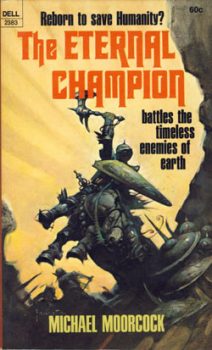
Michael Moorcock’s Erekosë saga is contained in three novels, and graphic novel, and a couple of short stories which were incorporated into his novels of Elric, Corum, and Hawkmoon. I was first introduced to the character when I came across him in those interpolated adventures and I sought out his own novel, The Eternal Champion. When I first read it in the early 1980s it became one of my favorites of Moorcock’s novels. At the time, I had some difficulty tracking down the second novel, The Silver Warriors (original title Phoenix in Obsidian), which I eventually did at a used bookstore in New Haven, Connecticut. I then had to wait several years for the publication of The Dragon in the Sword, which linked Erekosë with Moorcock’s von Bek family. It was only much later that I came across the graphic novel, The Swords of Hell, The Flowers of Heaven, written by Howard Chaykin, which is set between Phoenix in Obsidian and The Dragon in the Sword.
The series begins with John Daker, a married man with a child, who lives in London, although his wife and child are forgotten throughout the books. After a series of troubling dreams, Daker finds himself pulled into a different world, where he is informed by King Rigenos that he is Erekosë, the Eternal Champion of Humanity, and must help destroy the evil Eldren who threaten their existence. Yearning to return to the life he knew as Daker, Erekosë accepts his role unquestioningly and adapts quickly to his new existence. In many ways, he is a troubling aspects of the Eternal Champion.
Although his summoning is similar in many ways to the manner in which Corum is summoned at the beginning of The Bull and the Spear published a couple years after The Eternal Champion, one of the major differences between the two characters is that Corum was native to his world and Daker was not. Enough of Daker remained within Erekosë, especially at the beginning of the novel that as a human raised on twentieth century earth the idea of being surrounded by slaves should have caused some issues. Similarly, for someone for whom World War II was such a recent memory, the idea of leading a genocide against the Eldren should have caused some moral qualms.
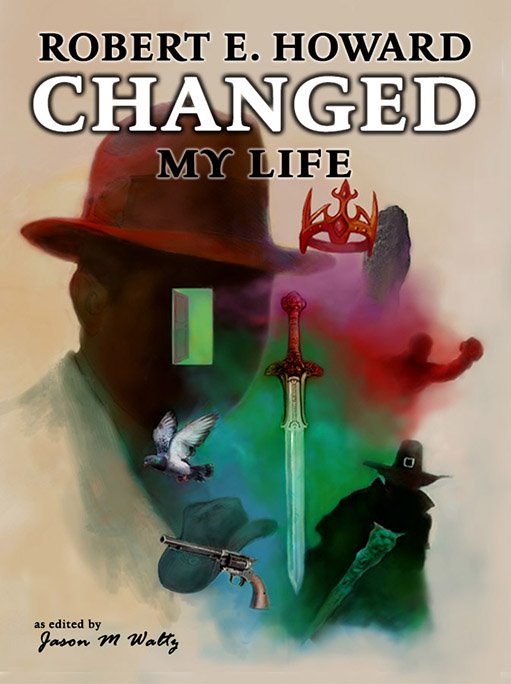
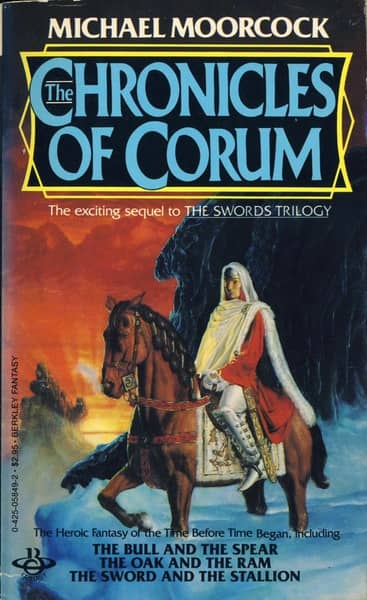
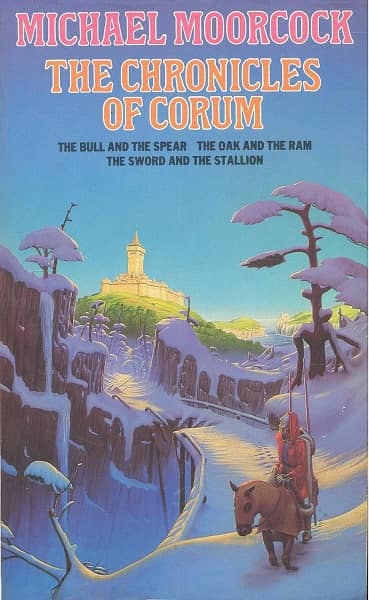
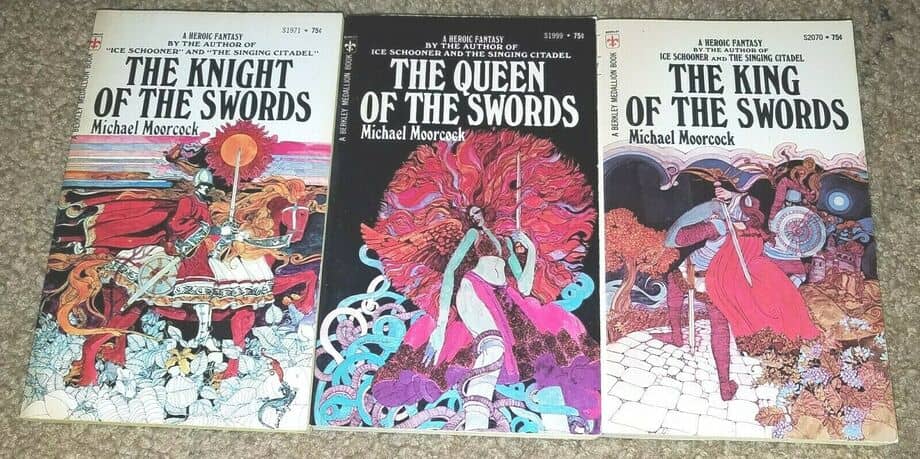
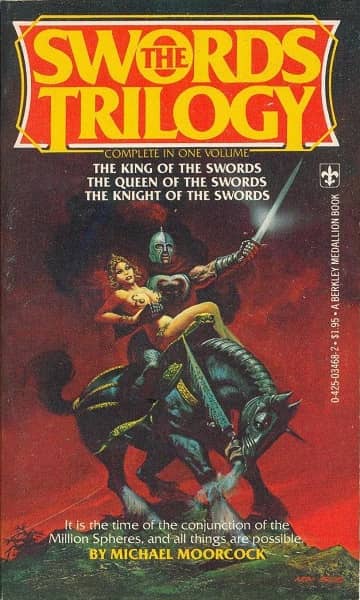
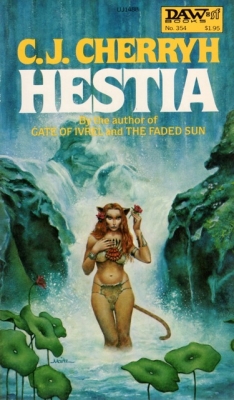
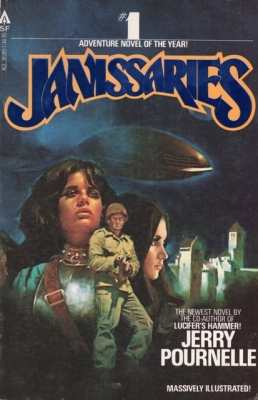
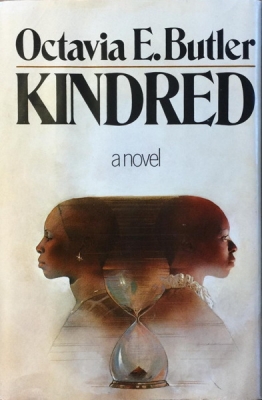
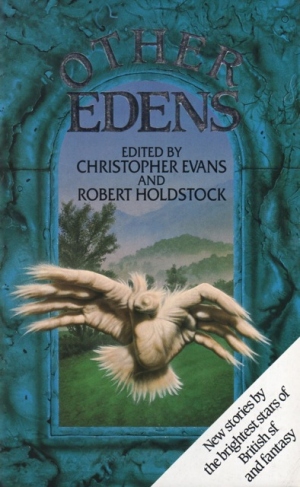
 Michael Moorcock
Michael Moorcock